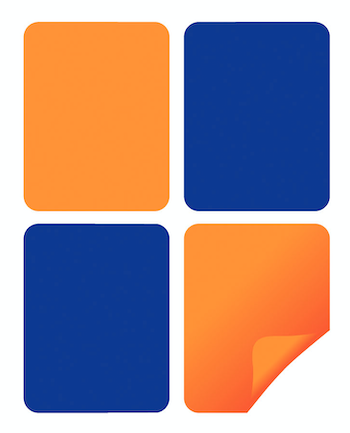Planning content for your Customer Advisory Board (CAB) meeting continues to be a challenge for many executive teams. As you begin planning for your next CAB meeting, I offer some advice so you can deliver a world-class experience.
A CAB is just another meeting, right?
No, it’s not. The CAB may be the single most important meeting you hold this year! Why? Because in attendance are your CEO and executive team and a dozen of your most important customers. The brain power and revenue base is highly concentrated here. So, why would you want to leave content planning to the last minute? That’s a recipe for possible embarrassment or at least a missed opportunity. To ensure you and your team get the most out of these discussions, here are 3 suggestions for planning your content.
1. Focus on what you want to learn
I often find executives stitching together old slides for their CAB. They fall into the trap of replaying old presentations because it’s the easiest thing to do. So, here’s a hint. When you are guiding your exec team on preparing content, if you see a 2016 date (or earlier!) on the footer of a slide, you should immediately reject it. Content prep works best when you create new content designed specifically to encourage conversation in response to the specific questions you want to ask. What do you want to learn? And, how will you use this newly discovered information once you learn it? These are weighty questions. Don’t rush to create slides, and definitely do not reuse slides. Be fresh, and be focused.
2. Minimize the number of slides
Many executives I know get nervous if they sign up to lead an hour discussion. They feel uncomfortable if they don’t have 50-60 slides to use as a crutch. It is easy to talk for an hour. It’s much harder to listen for that long. Here’s a truth you may not have yet realized: customers could care less about your slides! They don’t want presentations. They want a conversation with you. They want an opportunity to offer you and your leaders advice. That’s why your agenda should be made up of “discussion modules”, not presentations.
3) The flow of your agenda and pealing an onion have a lot in common
The most effective CAB meeting agendas unfold like pealing an onion. There are layers. Each conversation drills down deeper in the related topics you and your customers mutually care about. Here’s a quick example of an agenda:
- Welcome and opening comments
- “Trends and drivers” shaping your customers’ businesses (i.e. what internal and outside influences are keeping them up at night)
- (Your company’s) Business Perspective (i.e. what is your company’s vision and how does this relate to the trends and drivers your customers care about?)
- Deep dive discussion #1 (i.e. explore an element of your vision and 3 possible scenarios for how you might provide more value to your customers; ask them to rank and evaluate these options.This is a “what” type of discussion. And it should map to your vision.)
- Deep dive discussion #2) (i.e. What can your company do to help your customers achieve their business goals? This might be a “how” type of discussion that expands the previous “what” discussion).
- Prioritization of ideas (i.e. summarize the key points captured during the day and ask the group to rank which ones are worthy of continued conversation).
Remember the 80/20 rule. We want customers to do 80% of the talking; you do 80% of the listening.
Putting it all together
When I work with clients to plan their CAB, we always create a straw man agenda at our kickoff meeting. I can tell you with complete candidness that the final agenda is always a bit different. This is because as the team starts working the content and seeing how the pieces fit together (or not), they end up changing the agenda. This is to be expected. It’s one of the reasons why you want to have a couple of months to plan your content.
Want more ideas and best practices on setting your agenda, building content, or working with your executive team? Let me know. I have more best practices to share.
What to read next: 3 Rules for Becoming a Better Facilitator
 With a specialty in CABs, Mike Gospe is a professional facilitator with more than 15 years of CAB experience. He’s helped some of today’s most innovative companies deliver more than 100 world-class CAB meetings. He leads KickStart Alliance‘s CAB practice. Contact Mike
With a specialty in CABs, Mike Gospe is a professional facilitator with more than 15 years of CAB experience. He’s helped some of today’s most innovative companies deliver more than 100 world-class CAB meetings. He leads KickStart Alliance‘s CAB practice. Contact Mike


You must be logged in to post a comment.